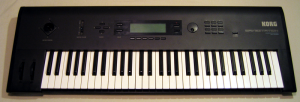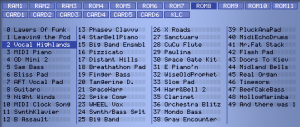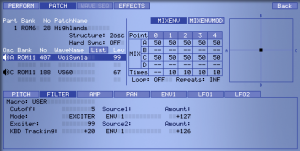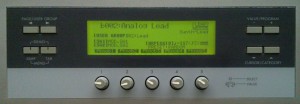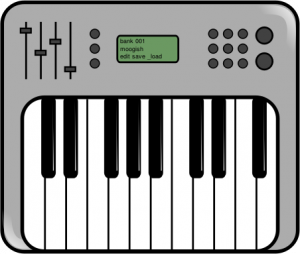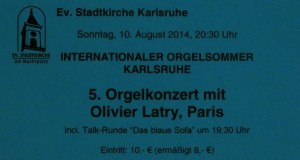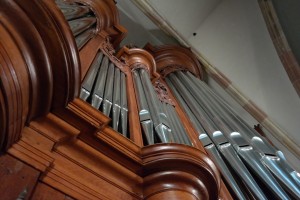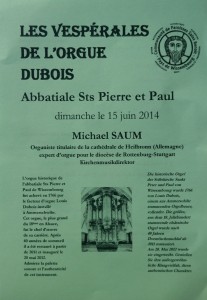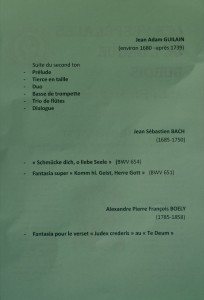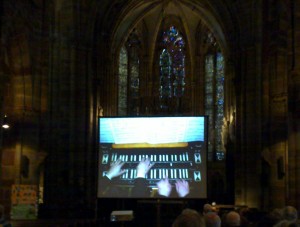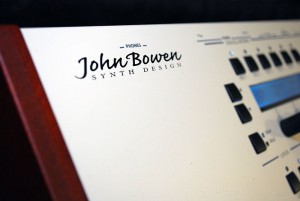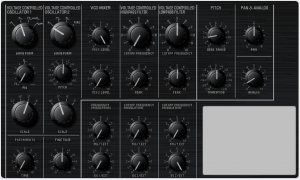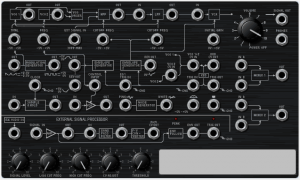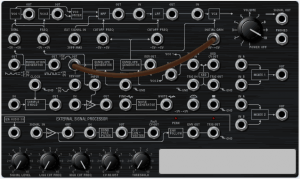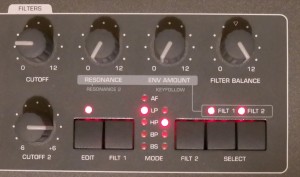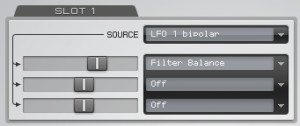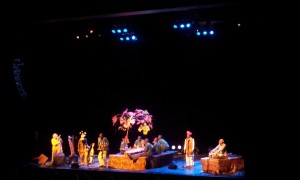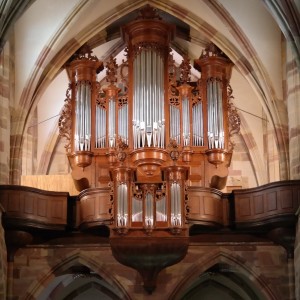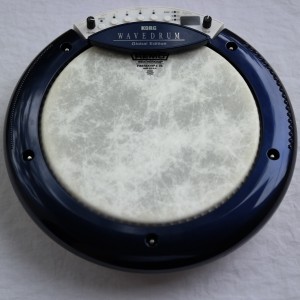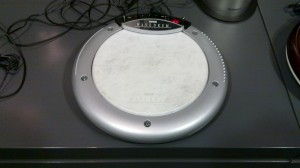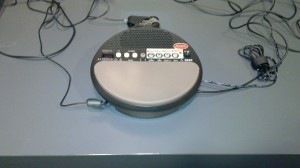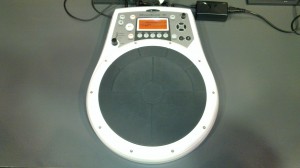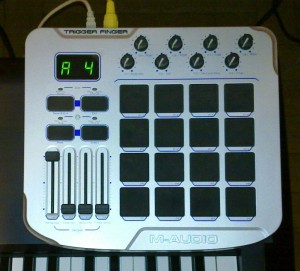The Korg Kronos includes all samples of the Korg Wavestation (»0488 Soft EP through 0971 VS155«). Despite the fact that Korg meanwhile offers a software based Wavestation emulation, the Kronos does not include it. Instead, the HD-1 engine must be used. Unfortunately there is no converter available, so resurrecting sounds requires manual work.
I was after one sound only for decades, which was excessively used by Joe Zawinul on several recordings. On a Wavestation SR, it’s located at performance slot 2 of the ROM 8 bank.
The performance is based on two samples, ROM11 407 »VoiSyn1a« (Kronos: ROM 863) and ROM11 188 »VS60« (Kronos: ROM 644).
The sound is not that difficult to reproduce, but the Kronos is hard to program due to its many features (not to mention its complex envelopes). This very afternoon, I had a lot of fun programming (and playing) it. And of course the sound made it immediately to my stock setlist.
Update 2015-05-10: Here’s a PCG containing the preset. It’s pretty close to the original IMO, including the velocity dynamics and the vibrato, which only affects the »VS60« sample. The vibrato is available through the joystick as well as through an optionally connected expression pedal.

